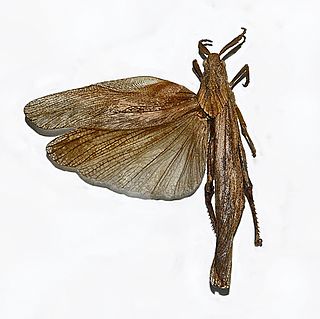
Ferdinand de Saussure was a Swiss linguist and semiotician. His ideas laid a foundation for many significant developments in both linguistics and semiology in the 20th century. He is widely considered one of the founders of 20th-century linguistics and one of two major founders of semiotics/semiology.

In sociology, anthropology, and linguistics, structuralism is the methodology that implies elements of human culture must be understood by way of their relationship to a broader, overarching system or structure. It works to uncover the structures that underlie all the things that humans do, think, perceive, and feel. Alternatively, as summarized by philosopher Simon Blackburn, structuralism is "the belief that phenomena of human life are not intelligible except through their interrelations. These relations constitute a structure, and behind local variations in the surface phenomena there are constant laws of abstract structure".

Horace Bénédict de Saussure was a Swiss geologist, meteorologist, physicist, mountaineer and Alpine explorer, often called the founder of alpinism and modern meteorology, and considered to be the first person to build a successful solar oven.

Vespula is a small genus of social wasps, widely distributed in the Northern Hemisphere. Along with members of their sister genus Dolichovespula, they are collectively known by the common name yellowjackets in North America. Vespula species have a shorter oculomalar space and a more pronounced tendency to nest underground than Dolichovespula.
People of the surname Saussure or de Saussure include

Course in General Linguistics is a book compiled by Charles Bally and Albert Sechehaye from notes on lectures given by Ferdinand de Saussure at the University of Geneva between 1906 and 1911. It was published in 1916, after Saussure's death, and is generally regarded as the starting point of structural linguistics, an approach to linguistics that flourished in Europe and the United States in the first half of the 20th century. One of Saussure's translators, Roy Harris, summarized Saussure's contribution to linguistics and the study of language in the following way:
Language is no longer regarded as peripheral to our grasp of the world we live in, but as central to it. Words are not mere vocal labels or communicational adjuncts superimposed upon an already given order of things. They are collective products of social interaction, essential instruments through which human beings constitute and articulate their world. This typically twentieth-century view of language has profoundly influenced developments throughout the whole range of human sciences. It is particularly marked in linguistics, philosophy, psychology, sociology and anthropology".
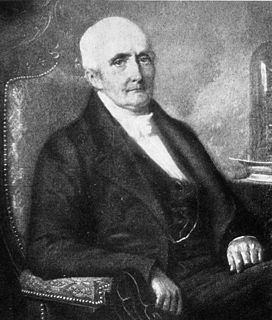
Nicolas-Théodore de Saussure was a Swiss chemist and student of plant physiology who made seminal advances in phytochemistry. He is one of the major pioneers in the study of photosynthesis.

Bandwings, or band-winged grasshoppers are the subfamily Oedipodinae of grasshoppers classified under the family Acrididae. They have a worldwide distribution and were originally elevated to full family status as the Oedipodidae. Many species primarily inhabit xeric weedy fields, and some are considered to be important locusts:
The 1728 English cricket season was the 32nd cricket season since the earliest recorded eleven-aside match was played. Details have survived of four matches with another match possibly having been played in this year.
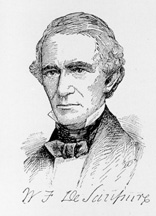
William Ford De Saussure was a United States Senator from South Carolina. Born in Charleston, the son of Henry William de Saussure and Elizabeth Ford De Saussure.
Langue and parole are linguistic terms distinguished by Ferdinand de Saussure in his Course in General Linguistics. Langue encompasses the abstract, systematic rules and conventions of a signifying system; it is independent of, and pre-exists, individual users. Langue involves the principles of language, without which no meaningful utterance, "parole", would be possible. Parole refers to the concrete instances of the use of langue. This is the individual, personal phenomenon of language as a series of speech acts made by a linguistic subject. Saussure did not concern himself overly with parole; however, the structure of langue is revealed through the study of parole. The distinction is similar to that made about language by Wilhelm von Humboldt, between energeia and ergon, as well as the distinction between language and speech made by Jan Baudouin de Courtenay. Saussure drew an analogy to chess to explain the concept of langue and parole. He compared langue to the rules of chess—the norms for playing the game—and compared the moves that an individual chooses to make—the individual's preferences in playing the game—to the parole.

Henry William de Saussure was an American lawyer, state legislator and jurist from South Carolina who became a political leader as a member of the Federalist Party following the Revolutionary War. He was appointed by President George Washington as the 2nd Director of the United States Mint, was a co-sponsor of the legislation that established the South Carolina College which was to become the University of South Carolina and was given the title of Chancellor as a justice of the SC Equity Court, also known as chancery court. In this capacity he wrote and codified much of the state's equity law still in use today. He served as Intendant (Mayor) of Charleston while his son, William Ford de Saussure, likewise, served as Intendant (Mayor) of Columbia, SC.
Synchrony and diachrony are two different and complementary viewpoints in linguistic analysis. A synchronic approach considers a language at a moment in time without taking its history into account. Synchronic linguistics aims at describing a language at a specific point of time, usually the present. By contrast, a diachronic approach considers the development and evolution of a language through history. Historical linguistics is typically a diachronic study.
Structural linguistics is an approach to linguistics originating from the work of Swiss linguist Ferdinand de Saussure and is part of the overall approach of structuralism. Structural linguistics involves collecting a corpus of utterances and then attempting to classify all of the elements of the corpus at their different linguistic levels: the phonemes, morphemes, lexical categories, noun phrases, verb phrases, and sentence types.

Polydesmida is the largest order of millipedes, containing approximately 3,500 species, including all the millipedes reported to produce hydrogen cyanide (HCN).
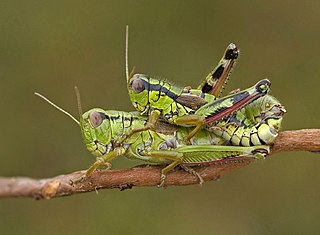
Acridoidea is a superfamily of grasshoppers in the order Orthoptera with species found on every continent except Antarctica.
Saussure Glacier is a glacier flowing northeast from Tyndall Mountains, Arrowsmith Peninsula, into Lallemand Fjord, Loubet Coast. Photographed from the air by Falkland Islands and Dependencies Aerial Survey Expedition (FIDASE) in 1957. Named by the United Kingdom Antarctic Place-Names Committee (UK-APC) in association with the names of glaciologists grouped in the area after Horace-Bénédict de Saussure (1740–99), Swiss naturalist and physicist, who in 1787 was the first to recognize that erratic boulders had been moved great distances by ice.

The Top of the Mont Blanc is an appropriately named collection piece on display in the Oval Room of Teylers Museum. The specimen was supposedly cut off from the highest findable piece of exposed rock of the Rocher de la Tournette high on the snow covered summit ridge of the Mont Blanc on 3 August 1787, during one of the first climbs of the mountain by the Swiss scientific pioneer Horace-Bénédict de Saussure.
Léopold de Saussure was a Swiss-born French sinologist, pioneering scholar of ancient Chinese astronomy, and officer in the French navy. After a naval career which took him to Indochina, China, and Japan, he left the service and devoted the rest of his life to scholarship. He was most famous for his studies of ancient Chinese astronomy.
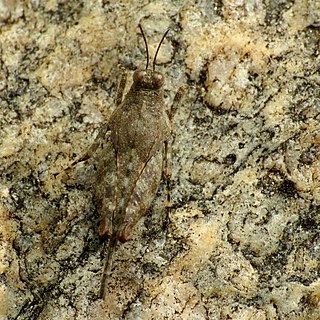
Paratettix is a genus of ground-hoppers or pygmy grasshoppers, with more than 60 described species found worldwide.



